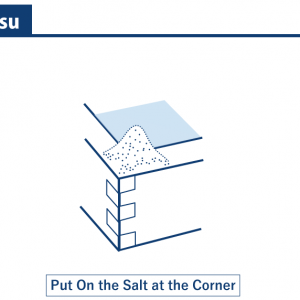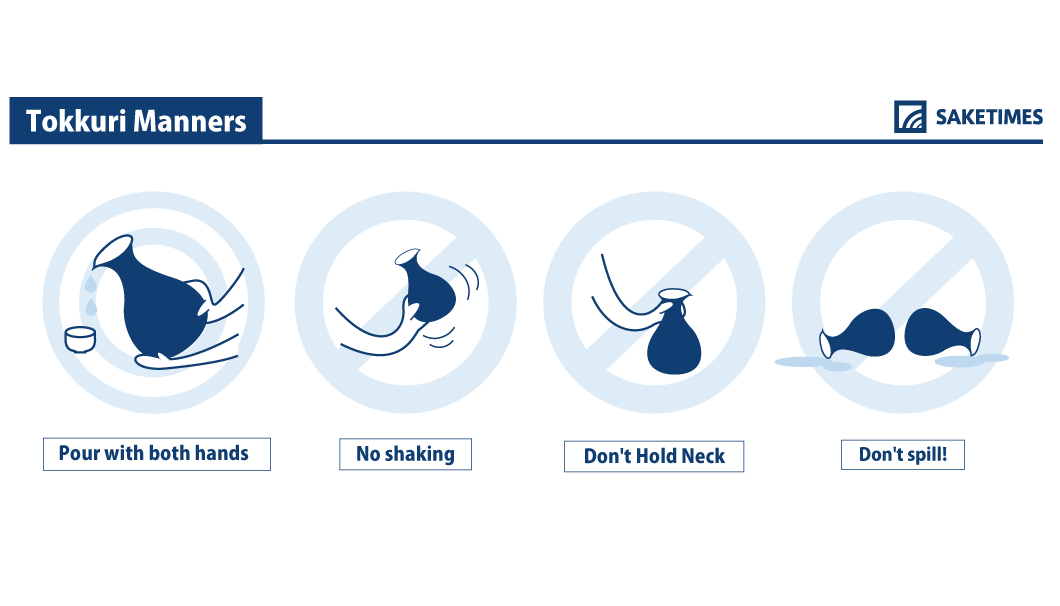
Tokkuri (noun)
[Tokkuri]
Japanese characters: 徳利 (徳: virtue, benevolence; 利:advantage, benefit, or profit)
1. Don’t Call it a Decanter
Unlike a decanter, which is designed to both aerate and serve, a tokkuri is strictly a serving tool. Sake is transferred from the bottle to the tokkuri, then poured in the drinking vessel. Traditionally those drinking together serve the sake to each another, rather than having a server refill their drinks. The tokkuri makes transferring sake from the larger ishobin (1.8L) bottles to the smaller ochoco easier.
2. An Array of Materials and Styles
Tokkuri are often made from porcelain, but ceramic, glass, bronze, wood, tin are also used. Ceramic and porcelain are preferred for their ability to maintain a desired serving temperature, especially when serving warm sake. The material of the tokkuri — like the ochoco — has an impact on how the drinker experiences and interprets the flavor of the sake. The tokkuri is a slightly different vessel from the katakuchi despite the similarity in function.
3. Use Two Hands
It’s polite to use both hands when pouring from the tokkuri. Holding your ochoko with both hands when receiving the sake is also considered polite. Basically, when enjoying sake, you’ll have your hands full. But times are changing and a more relaxed stance toward serving and drinking sake is becoming the norm.
Learn More>> Ochoko : SAKETIMES GLOSSARY
Learn More>> Design your Original Sake Bottle at “KAYOIGURA”
Free Sake Infographics:Feel free to download and use them freely from here to help you learn more about sake!





Comments